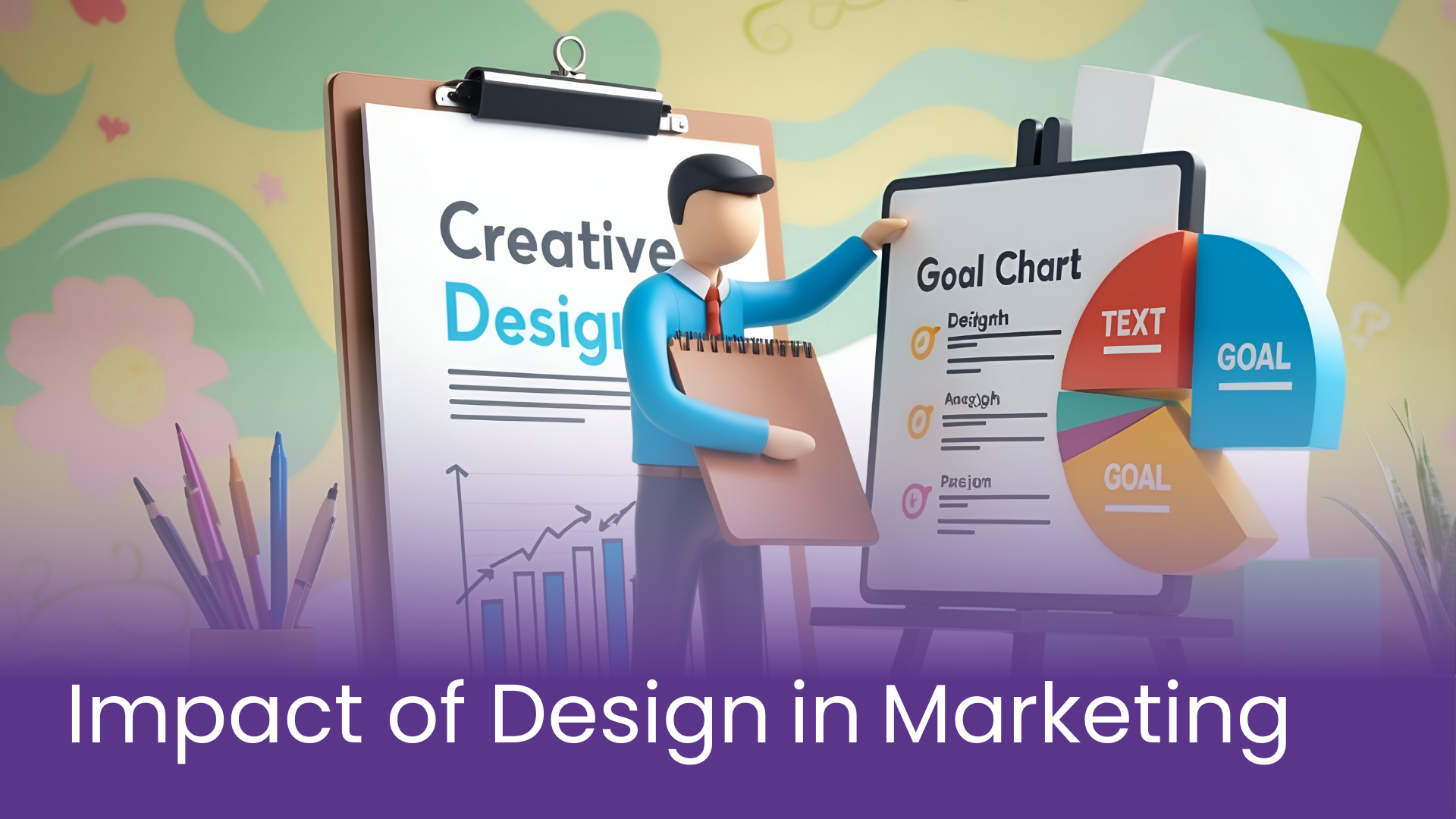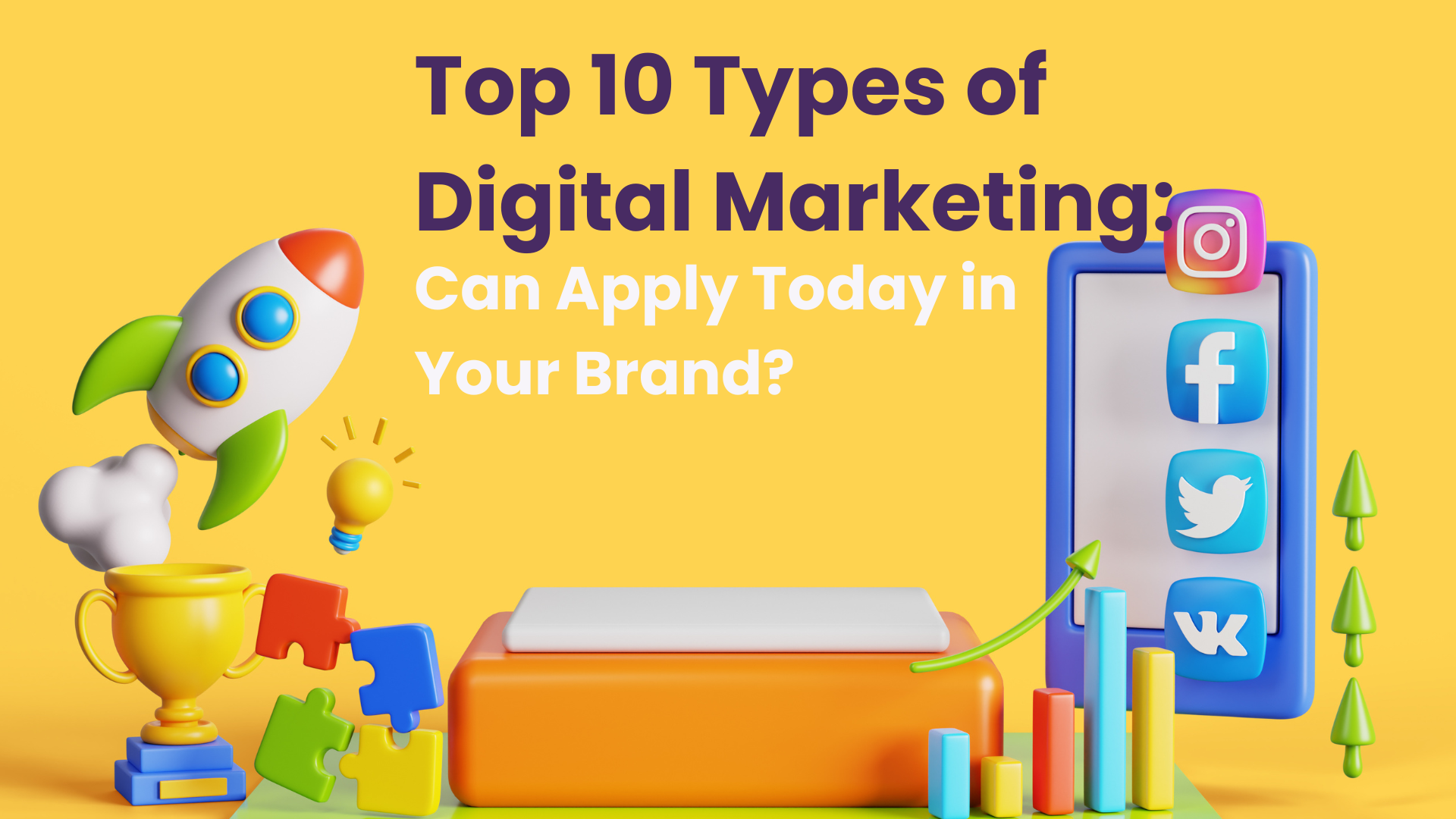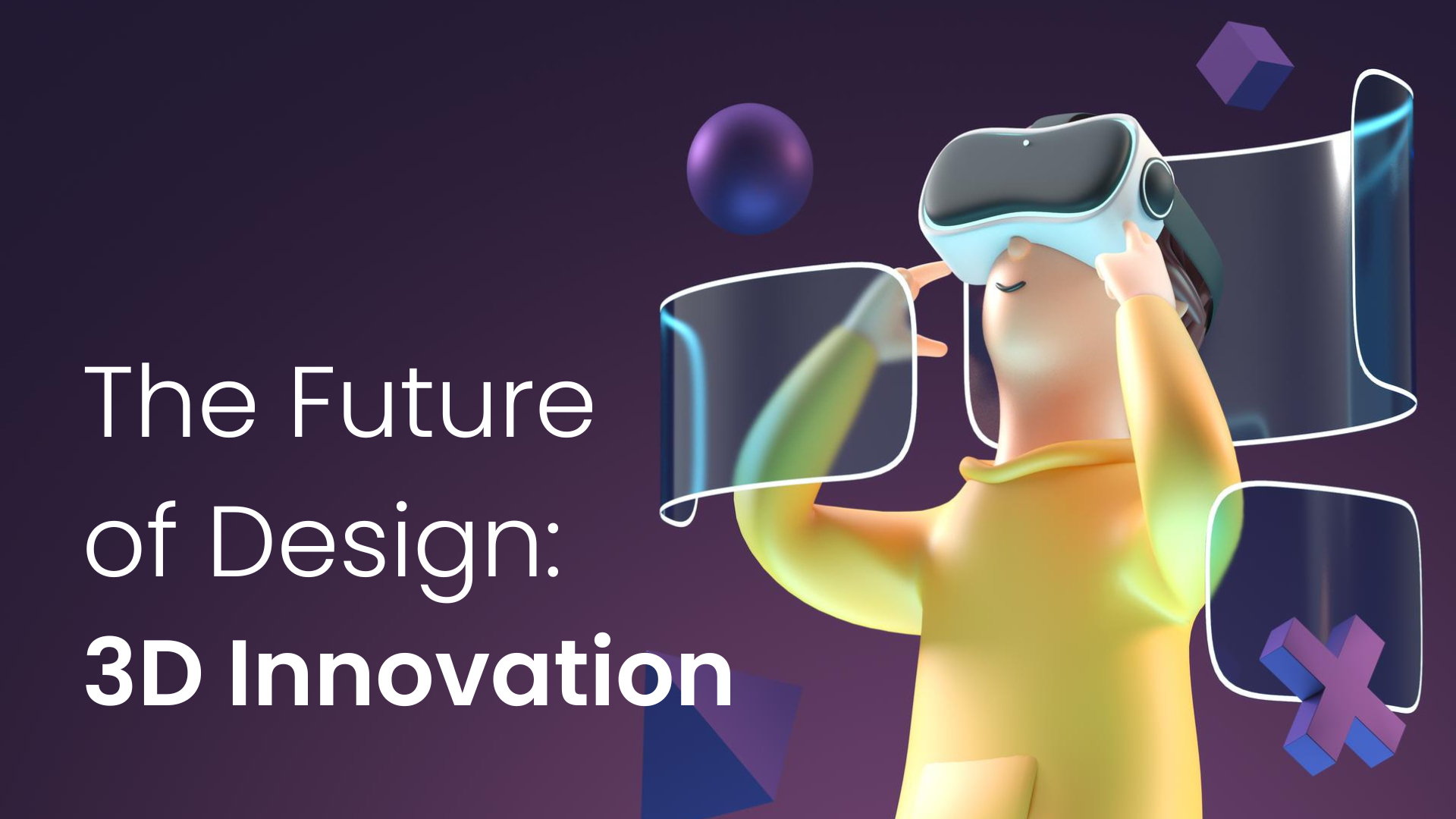In the fast-paced world of marketing, standing out from the crowd is more challenging than ever. With countless brands competing for consumers’ attention, the role of creative design has emerged as a crucial factor in influencing brand identity and enhancing customer engagement. The fusion of graphic designing with digital marketing strategies is no longer a luxury — it is a necessity for brands aiming to carve a lasting impression in the minds of their audience. This blog explores The Impact of Design in Marketing, showing how effective design boosts engagement, brand identity, and conversions.
Understanding the Role of Design in Brand Marketing
Design serves as the visual language through which brands communicate their values, personality, and promises. A brand’s identity is not just limited to its logo or color palette — it encompasses every visual element that represents the brand across different touchpoints. From social media graphics to website layouts, packaging designs, and email campaigns, design plays a pivotal role in shaping how customers perceive a brand.
Graphic designing acts as the cornerstone of brand marketing, offering a creative medium to express what the brand stands for. A well-thought-out design can instantly convey a brand’s message, evoke emotions, and create a connection with the target audience. This emotional connection fosters trust and loyalty, ultimately driving customer engagement.
Design as a Driver of Customer Engagement
Engaging customers is at the heart of any successful marketing strategy, and design serves as a powerful tool to achieve this goal.
- First Impressions Matter: Research shows that 94% of first impressions are influenced by design. A cluttered or unattractive layout can deter potential customers, while a sleek, intuitive design invites them to explore further.
- Visual Storytelling: Design allows brands to tell their stories without words. Images, infographics, and videos can convey complex ideas in an engaging and digestible format.
- Interactive Experiences: Incorporating interactive elements like animations or clickable graphics enhances user experience and keeps audiences engaged longer on digital platforms.
Driving Conversions Through Design
The ultimate goal of marketing is conversion—whether it’s making a sale, gaining a subscriber, or encouraging an action. Design significantly impacts this process.
- Call-to-Action (CTA) Optimization: Effective design ensures that CTAs stand out on a page, guiding users toward desired actions. Strategic use of contrasting colors or bold fonts can make CTAs more compelling.
- User-Friendly Layouts: Simplified navigation and clean layouts reduce friction in the customer journey, leading to higher conversion rates. For example, redesigning a cluttered landing page can triple sales by making the process more intuitive.
- Psychological Impact: Elements like symmetry, balance, and alignment influence how users perceive credibility and professionalism. A well-designed page instills confidence in visitors, encouraging them to trust the brand.
The Intersection of Graphic Design and Digital Marketing
Graphic design is inseparable from digital marketing efforts. It amplifies campaigns by making them visually appealing and memorable.
- Social Media Marketing: Eye-catching visuals are essential for standing out on platforms like Instagram or Facebook. Posts with high-quality graphics are more likely to be shared, increasing reach organically.
- Email Campaigns: Emails with visually appealing templates see higher open rates and click-through rates than plain-text alternatives.
- Search Engine Optimization (SEO): While often overlooked, design impacts SEO indirectly through metrics like bounce rate and time on site. A well-designed website encourages visitors to stay longer, signaling quality to search engines.
Building Long-Term Brand Loyalty Through Design
Beyond immediate conversions, design fosters long-term relationships with customers by building loyalty.
- Memorability: Strong visual identities leave lasting impressions on consumers’ minds. Think of iconic logos like Apple’s or Coca-Cola’s—they are instantly recognizable because of their consistent design language.
- Trust Building: Professional designs convey reliability and quality. Customers are more likely to engage with brands that appear polished and credible.
- Emotional Resonance: Designs that resonate emotionally with audiences create deeper connections, turning one-time buyers into loyal advocates.
Conclusion
In an era where visual content dominates the digital landscape, the impact of design in marketing cannot be overstated. From building a strong brand identity to enhancing customer engagement and driving conversions, creative design serves as the backbone of successful marketing campaigns. Brands like Makerrace that prioritize graphic designing as part of their digital marketing strategy are better positioned to create memorable brand experiences and achieve long-term success.
Investing in high-quality design is not just about aesthetics — it’s about communicating the brand’s story, evoking emotions, and building trust with customers. By leveraging the power of design, brands can leave a lasting impression and forge deeper connections with their audience, ultimately driving business growth in an increasingly competitive marketplace.




